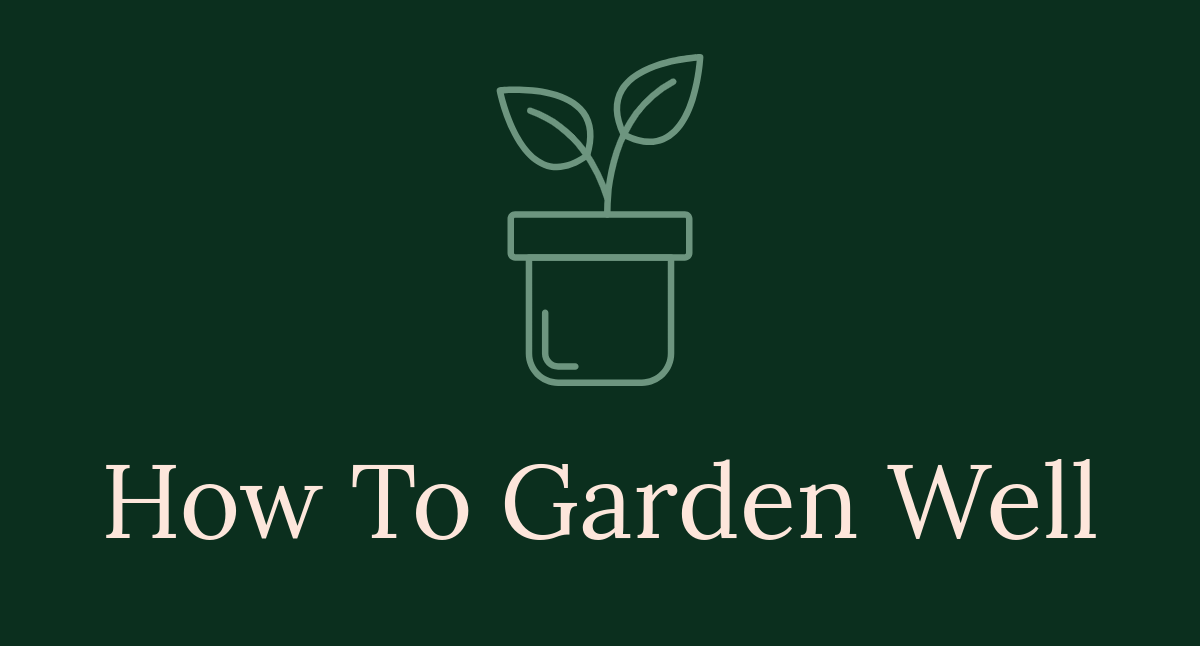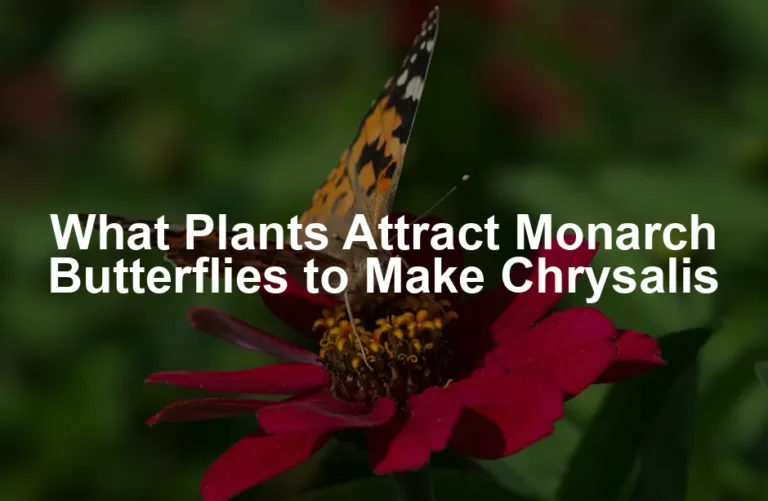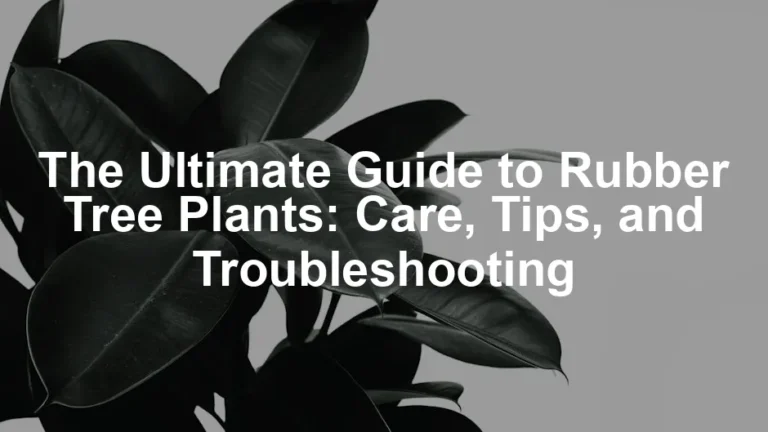

Low Light Indoor Plants: The Ultimate Guide to Thriving Greenery
Introduction
Low light indoor plants are a fantastic choice for gardening enthusiasts. They bring life to spaces where sunlight is limited. Many people struggle to keep plants alive in low-light areas, leading to frustration. This guide focuses on plants that not only survive but thrive in low light, helping you create a lush indoor oasis. Plus, if you’re looking for a good read on plant care, consider checking out this Indoor Gardening Book that offers excellent insights!Summary and Overview
Understanding low light conditions is crucial for indoor gardening. Not all plants respond the same way; some can tolerate low light, while others truly thrive. This guide will introduce you to several resilient plants that flourish in dim environments, including the Dracaena and ZZ Plant. If you’re interested in learning more about the benefits of houseplants, you might find this Houseplant Care Book quite enlightening! Having indoor plants offers numerous benefits. They improve air quality, boost mood, and enhance the aesthetics of your living space. With the right choices, you can enjoy greenery, even in the shadiest corners of your home. And don’t forget to check out some Indoor Plant Fertilizer to give your plants a little extra love!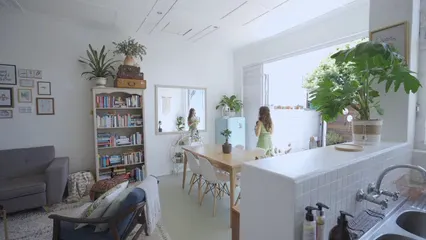
Indoor plants can significantly enhance your home environment. Best plants for improving air quality indoors
Understanding Low Light Conditions
Low light conditions refer to spaces that receive limited natural sunlight. These areas often include rooms with north-facing windows or spots far from windows. Characteristics of low light include dim lighting, reduced natural light during winter, and reliance on artificial sources. To ensure your plants are getting enough light, consider using a LED Grow Light to boost their growth! Several factors influence light levels in homes. Window orientation plays a significant role; south-facing windows usually receive the most light. Seasonal changes also impact light availability. During winter, days are shorter, leading to less light. A handy tool to have is a Plant Humidity Meter to ensure your plants are comfortable! Common misconceptions exist about low light and plant growth. Many believe that low light means no light at all. However, most low-light plants need some indirect light to thrive. Assessing your specific living space is vital for plant success. Remember, choosing the right Well-Draining Potting Soil is essential for happy plants! Statistics show that around 30% of homes have low light conditions, making low light plants essential for many households. Evaluating your home’s lighting will help you choose the best plants for your environment. If you’re looking to take your indoor gardening to the next level, consider a Indoor Gardening Tools Set to make the process easier!
Tolerate vs. Thrive: What’s the Difference?
When it comes to indoor plants, not all low-light options are created equal. Some plants simply tolerate low light, while others truly thrive. Understanding this distinction is crucial for plant success in your home. For a comprehensive guide on plant care, consider a Plant Care Guide Book to reference! Low-light tolerant plants can survive in shaded areas but often show signs of stress over time. You might notice yellowing leaves or slow growth, indicating that they need more light. Examples include the Ficus and Pothos. While these plants can manage with minimal light, they usually require extra care, such as supplemental lighting or occasional outdoor exposure. A Plant Care App can help you keep track of their needs! On the other hand, plants that thrive in low light are designed to flourish in these conditions. They need minimal effort to maintain. Varieties like the Snake Plant and ZZ Plant are perfect examples. They show vibrant growth and remain healthy without demanding constant attention. And for those who love to propagate, a Plant Propagation Station is a fun addition to your collection! Studies reveal that plants like the Snake Plant have an impressive survival rate of around 90% in low-light environments. Choosing plants that thrive offers great benefits, including better air quality and a more vibrant indoor atmosphere. If you’re looking for a way to keep your plants hydrated, consider using an Indoor Watering Spikes to maintain optimal moisture levels! Before you make your selections, consider your living space carefully. Assess the light conditions and choose plants that will flourish where you intend to place them. This thoughtful approach ensures a thriving indoor garden. What plants will you choose for your home? Let’s make those decisions count!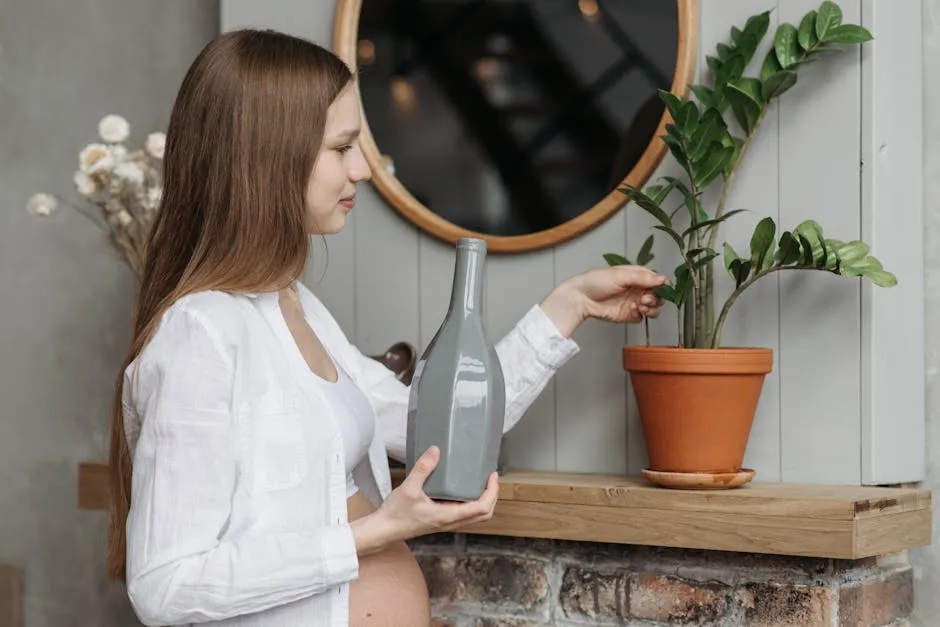
Top Low Light Indoor Plants
Are you ready to bring some greenery into your home? Here are five fantastic low light indoor plants that can thrive in dim spaces. Each one offers unique charm and requires minimal care, making them perfect for busy lifestyles. And if you’re looking for stylish ways to display them, consider a Decorative Plant Stand!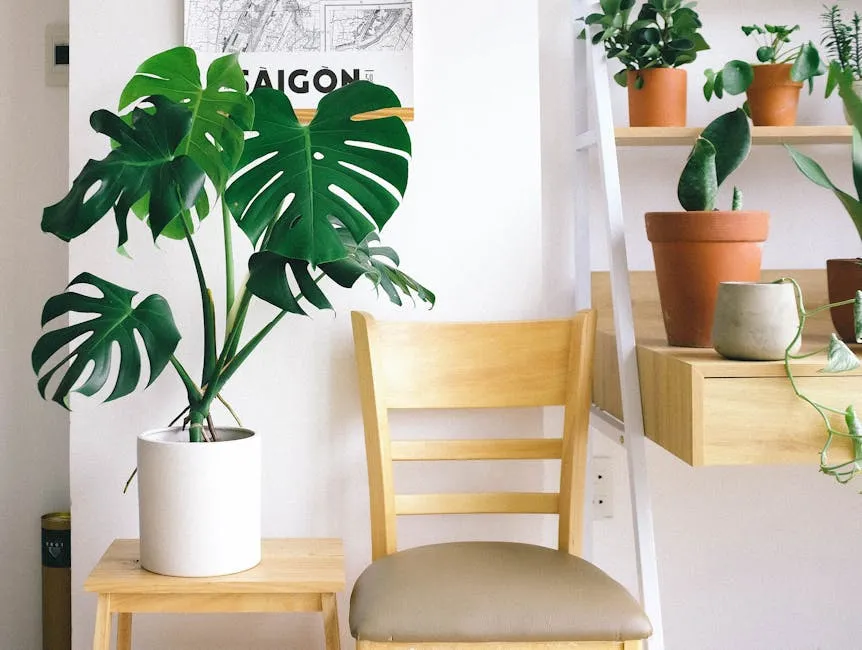
1. Dracaena (Snake Plant)
The Snake Plant is a favorite among indoor gardeners. Its tall, upright leaves add a striking appearance to any room. This plant can grow in various light conditions but performs well in low light. For more detailed care tips, check out the dracaena plant. To make sure your Snake Plant thrives, consider using Plant Fertilizer Spikes for added nutrients! Care Requirements:- Water only when the soil is dry.
- Place it in indirect light.
- Purifies the air.
- Low-maintenance and resilient.
2. Zamioculcas (ZZ Plant)
The ZZ Plant is known for its glossy, dark green leaves. It’s nearly indestructible, making it ideal for beginners. This plant thrives in low light and can tolerate neglect. For more insights on caring for this resilient plant, visit the zz plant. To keep it looking its best, consider a Indoor Plant Spray Bottle to mist those leaves! Care Requirements:- Water every couple of weeks.
- Thrives in indirect light but can handle shade.
- Excellent air purifier.
- Highly drought-tolerant.
3. Aspidistra (Cast Iron Plant)
The Cast Iron Plant lives up to its name. It’s hardy and can withstand various conditions. Its lush, dark green foliage looks great in any corner of the home. If you want to add some decorative flair, consider using Decorative Pebbles for Plants to enhance its pot! Care Requirements:- Allow the soil to dry out between waterings.
- Prefers indirect light.
- Resilient against pests and diseases.
- Adds a touch of greenery without much fuss.
4. Philodendron
Philodendrons are versatile plants that come in several varieties. Their heart-shaped leaves bring a refreshing vibe to your space. They thrive in low light and are perfect for hanging baskets. To keep them healthy, make sure to use a quality Organic Potting Mix! Care Requirements:- Water when the top inch of soil is dry.
- Enjoys indirect light but adapts to low light.
- Promotes a calming atmosphere.
- Easy to propagate.
5. Pothos
Pothos plants are popular for their trailing vines. They’re incredibly easy to grow and can adapt to various lighting conditions, including low light. If you want to give your Pothos the perfect home, consider using Hanging Planters! Care Requirements:- Water when the soil feels dry to the touch.
- Thrives in indirect light.
- Effective at removing indoor toxins.
- Grows fast and is visually appealing.
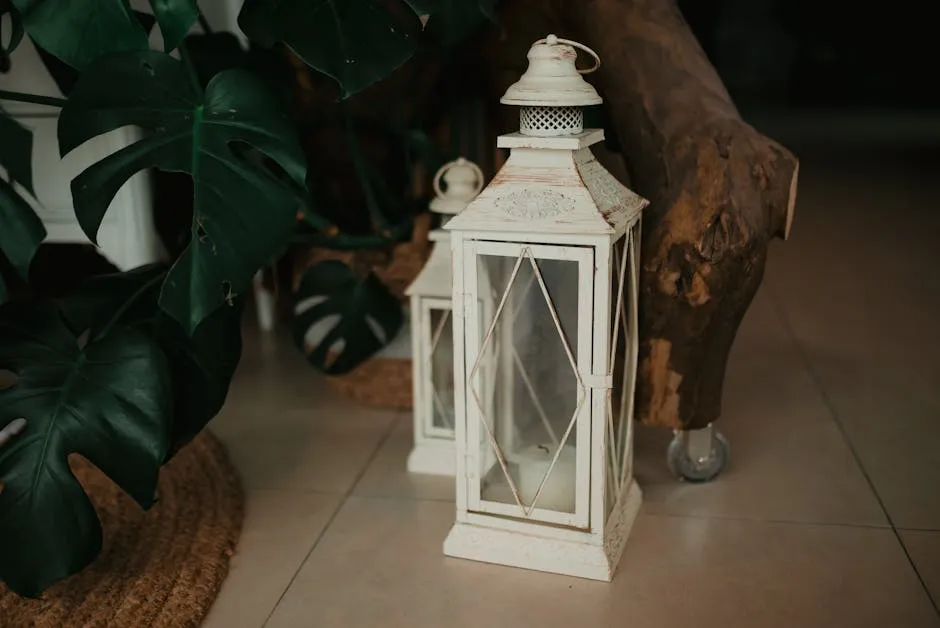
Care Tips for Low Light Plants
Taking care of low light indoor plants can be straightforward if you follow a few simple tips. Here’s what you need to know to keep your plants happy. And remember, a good watering can make all the difference! Check out this amazing Watering Can to keep your plants hydrated! Watering Schedules: Water your plants when the top inch of soil feels dry. This helps prevent overwatering, a common mistake. It’s better to underwater than overwater in low light conditions. Soil Types: Use well-draining soil for your low light plants. A mix designed for houseplants will often do the trick. This helps avoid root rot, especially in plants that don’t need much water. For more information on soil types, check out how to enhance garden color with soil types and fertilizers. And if you’re looking for a great soil option, try Organic Potting Mix for healthy growth!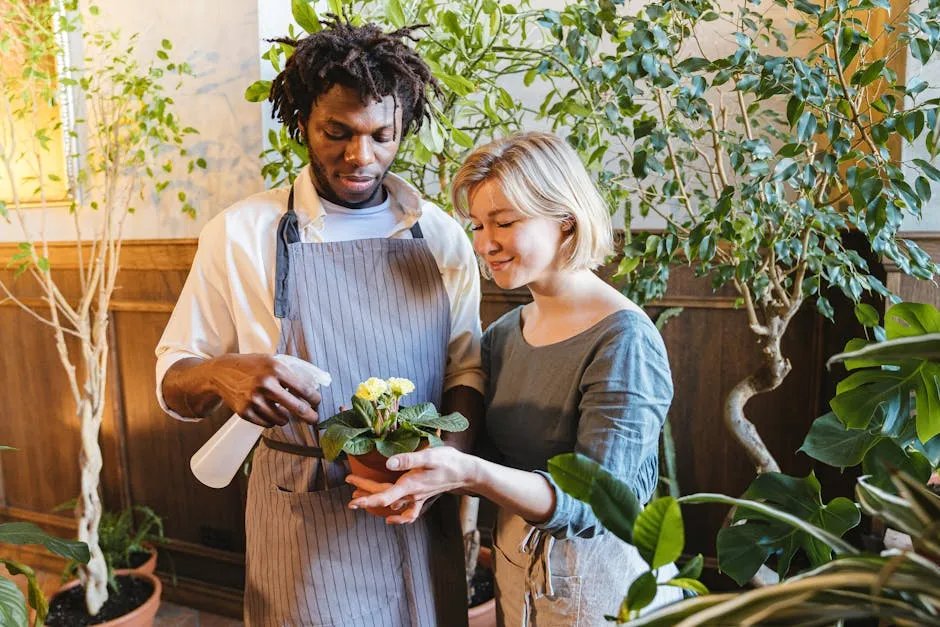
Decorating with Low Light Plants
Incorporating low light indoor plants into your home decor can transform your space. These plants not only add greenery but also elevate your aesthetic. So, how do you get started? A great addition to any plant display is a Plant Labels to keep track of your green friends! Choosing the Right Pots and Planters: The right pots can make a big difference. Opt for colors and materials that complement your decor. Terracotta pots offer a rustic vibe, while ceramic pots provide a modern touch. Ensure pots have drainage holes to prevent overwatering. To spice things up, consider using Eco-Friendly Plant Pots! Arrangement Ideas for Different Spaces: Think about where you want to place your plants. A tall Snake Plant can work wonders in a corner, adding height and drama. For tables, a cluster of smaller plants like Pothos creates an inviting look. Consider using shelves to display plants at varying heights. If you’re looking for a stylish way to organize your plants, an Indoor Plant Shelf can be a great option! Combining Plants for Aesthetic Appeal: Mixing different types of plants can create visual interest. Pair a leafy Philodendron with a trailing Pothos for a dynamic arrangement. Using plants with contrasting leaf shapes and colors can enhance the overall appeal. Don’t forget to add some decorative flair with a Decorative Plant Tray!
Conclusion
Choosing the right low light indoor plants is essential for a thriving indoor garden. These plants bring life to your home, even in dim spaces. Not only do they enhance your decor, but they also improve air quality and boost your mood. By nurturing plants that flourish in low light, you create a peaceful oasis in your living space. Embrace the joys of indoor gardening! And if you’re looking for a fun and interactive way to keep track of your plants, consider an Plant Care Reference Card!FAQs
What are the best low light indoor plants?
If you’re looking for the best low light plants, consider these options: – **Dracaena (Snake Plant):** Easy to care for and purifies air. – **ZZ Plant:** Almost indestructible and drought-tolerant. – **Aspidistra (Cast Iron Plant):** Hardy and low-maintenance. – **Philodendron:** Versatile and great for hanging baskets. – **Pothos:** Fast-growing with trailing vines. Each of these plants thrives with minimal light and attention, making them perfect choices for indoor gardening.
How often should I water my low light plants?
Water your low light plants when the top inch of soil is dry. Factors like humidity and temperature can affect watering frequency. Generally, you might find yourself watering every 1-2 weeks. Always check the soil moisture before watering to avoid overwatering, which can harm your plants.
Can low light plants survive in complete darkness?
While low light plants can tolerate dim conditions, they cannot survive in complete darkness. Most need at least some indirect light to thrive. Placing them near a north-facing window or in a well-lit room is ideal for their growth.
What should I do if my low light plant is not thriving?
If your low light plant is struggling, start by checking its light conditions. Make sure it’s receiving enough indirect light. Look for signs of overwatering, like yellow leaves. Adjust your care routine based on these observations. Sometimes, simply relocating the plant can make a big difference.
Are there any indoor plants that can thrive in low light and purify the air?
Yes! Several indoor plants excel in low light while also purifying the air. Notable options include the Snake Plant, ZZ Plant, and Pothos. These plants effectively filter toxins while adding a touch of greenery to your space. Consider adding them to your home for both visual and health benefits.
Please let us know what you think about our content by leaving a comment down below!
Thank you for reading till here 🙂
All images from Pexels
